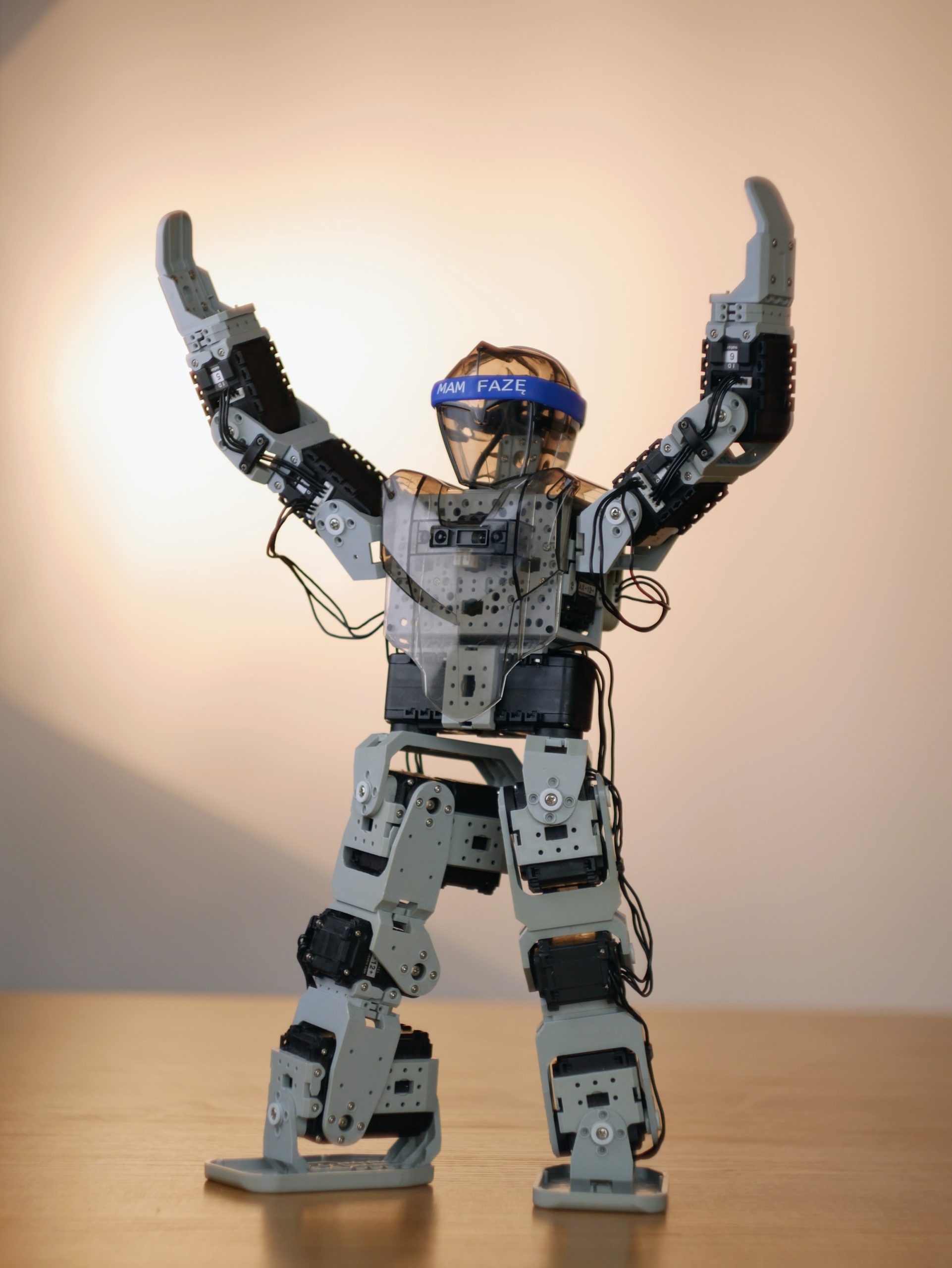

🔬 Research summary by Connor Wright, our Partnerships Manager.
[Original paper by Sara Kiesler, Aaron Powers, Susan R. Fussell, and Cristen Torrey]
Overview: Would you be more comfortable disclosing personal health information to a physical robot or a chatbot? In this study, anthropomorphism may be seen as the way to interact with humans, but most definitely not in acquiring personal information.
Introduction
Would you be more comfortable disclosing personal health information to a physical robot or a chatbot? Explored in this study is whether a humanlike robot solicits stronger anthropomorphic interactions than just a chatbot. With both physical presence and physical distance measured, the anthropomorphised robot wins the interaction race hands-down. However, when it comes to acquiring the medical information, the anthropomorphic strategy leaves much to be desired.
Key Insights
Setting the scene
The main actors of the study were a physically embodied robot, the same robot projected onto a screen, a software agent (like a chatbot) on a computer next to the participant and a software agent projected onto a big screen farther away. From there, four scenarios were set out (p.g. 172):
- The participant interacts with a physically present and embodied robot.
- The participant communicates with the same robot, but it is projected on a big screen.
- The participant engages with a software agent on a nearby laptop.
- The participant converses with the software agent on the further away big screen.
Two hypotheses were proposed
- The participants will interact and thus anthropomorphise the physically embodied robot more so than the software agent. However, they won’t disclose as much personal information to the embodied agent.
- The participants will interact and thus anthropomorphise a software agent on a computer more than a robot projected onto a big screen.
The instructions for the discussion mentioned how the goal was to “have a discussion with this robot about basic health habits.” (p.g. 173). Once carried out, the first conclusion drawn was on the importance of embodiment.
Robot embodiment is key
The participants interacted with the embodied robot a lot more than the social agent. Not only that, but it ranked top of all the robot trait ratings (such as trustworthiness and competency, see the table on p.g. 178).
In addition, the software agent was not seen as a “real” robot. The participants, of course, had their own preconceptions about how the robot was to look, with some being left disappointed when faced with a software agent.
The embodied agent vs. the software agent
Alongside the superior level of interaction, the first hypothesis was confirmed by how the participants did disclose less to the physical robot than the software agent. Instead, the software agent was viewed more as an administrative process that simply required personal information, which participants were more comfortable giving. While the software agent may have suffered in lacking human interaction, this proved beneficial in acquiring the desired medical information.
The distance factor
About the physical distance between the participant, the physical robot and the software agent did not differ. The variation in engagement time between having the robot and software agent projected and not projected was negligible. Hence, the study’s second hypothesis was proved false.
Between the lines
While the physical robot was more anthropomorphised, it was still not seen as a fully human interlocutor. Participants mentioned how the robot, at times, wasn’t flexible and interruptible enough for an entirely natural conversation to flow. Furthermore, the higher level of anthropomorphisation did not immediately lead to a sufficient level of trust to disclose personal health information. Hence, while anthropomorphisation does generate increased human interaction, it does not naturally follow that we trust the technology.
